Wisconsin may not be the first state that comes to mind when thinking about cacti, yet the Wisconsin Prickly Pear Cactus (Opuntia humifusa) offers a unique opportunity for horticulturists and enthusiasts alike. This resilient species has adapted remarkably well to the challenges of the northern climate, making it a rare find among the typical desert-dwelling cacti. In this article, we will explore the anatomy of the Wisconsin Prickly Pear, its growing conditions, and tips for care and maintenance.
Distinctive Characteristics of Wisconsin Prickly Pear Cactus
The Wisconsin Prickly Pear Cactus is distinguished by its flat, paddle-like pads that are usually bright green to bluish-green in color. These fleshy pads serve as the primary stem of the cactus, and they are equipped with clusters of spines and glochids, tiny hair-like structures that can irritate the skin. Reaching an average height of 1 to 3 feet, this succulent not only thrives in harsh conditions but also presents a striking visual element to gardens and landscapes.
Flowers and Fruits: A Seasonal Display
One of the most captivating features of the Wisconsin Prickly Pear is its seasonal flowers. Typically blooming from late spring to early summer, the blossoms can vary in color from bright yellow to vivid magenta. These ephemeral delights can last for only a few days but are essential for the plant’s reproduction. Once pollinated, the flowers develop into fleshy, vibrant fruits known as “tunas,” which can be consumed raw or used in various culinary applications, including jellies and syrups. The fruit’s sweet and tangy flavor makes it a sought-after ingredient in local cuisine, showcasing its versatility beyond mere ornamental use.
Ideal Growing Conditions for Wisconsin Prickly Pear Cactus
When cultivating Wisconsin Prickly Pear, understanding its preferred environment is crucial. Native to the sandy soils and rocky outcrops of the Midwest, this cactus is highly tolerant of drought and can survive in less-than-ideal soil conditions.
Soil Composition: The Foundation of Healthy Growth
The ideal soil for Wisconsin Prickly Pear should be well-draining, as this species is susceptible to rot when exposed to excess moisture. A sandy or gravelly mix that provides excellent drainage is optimal. Additionally, incorporating materials such as pumice or perlite can enhance aeration. A neutral pH level, ranging from 6.0 to 7.0, is preferred to promote robust health.
Light Requirements: Soaking Up the Sun
Full sunlight is essential for thriving growth. These cacti require a minimum of six hours of direct sunlight each day. Placing them in a location that receives ample light will stimulate blooming and fruiting, maximizing the plant’s potential. Those in shaded areas may experience leggy growth and fewer flowers, ultimately diminishing their aesthetic appeal.
Temperature Tolerance: Weathering the Seasons
The Wisconsin Prickly Pear is remarkably cold-hardy, surviving winter temperatures as low as -30°F (-34°C). Though it can endure severe frost, adequate drainage is key during winter months, as prolonged exposure to wet, cold conditions can cause root rot. In areas with heavy snowfall, it is advisable to cover the plants with mulch to protect them from extreme weather.
Caring for Your Wisconsin Prickly Pear Cactus
Regular care and attention will ensure that your Wisconsin Prickly Pear thrives. Here are critical factors to consider:
Watering Wisely: Best Practices
Wisconsin Prickly Pear requires infrequent watering, particularly during its dormant winter period. Water should only be administered when the soil has dried out completely. During the growing season, from spring to summer, water sparingly, avoiding the pads to prevent fungal infections. A good rule of thumb is to wait until the pads have slightly shriveled before offering hydration.
Fertilizing: Enhancing Growth
Utilizing a diluted, balanced fertilizer during the growing season can promote optimal health and flowering. Products designed for succulent or cacti, applied once a month, provide necessary nutrients without overwhelming the plant. Avoid fertilizing during the dormant season, as growth naturally slows.
Pest Management: Detecting Dangers
While the Wisconsin Prickly Pear is relatively pest-resistant, it can still attract mealybugs and scale insects. Regular inspections for signs of infestation are essential. If pests are noticed, using insecticidal soap or neem oil is often effective. Pay special attention to the undersides of pads and in crevices where pests may hide.
Propagation: Expanding Your Cacti Collection
For those looking to expand or share their collection, propagation is a straightforward process. Cuttings from healthy pads can be taken and allowed to callous over for a few days before planting in well-draining soil. Ensure that cuttings are positioned upright to encourage growth. With optimal care, new pads will establish roots within a few weeks.
Final Thoughts: Embracing the Unique Wisconsin Prickly Pear
In summary, the Wisconsin Prickly Pear Cactus presents a remarkable opportunity for gardeners seeking to diversify their landscapes with resilient and beautiful plants. Its adaptability to various conditions, striking flowers, and edible fruit make it an exceptional specimen both horticulturally and culinarily. With the right conditions and care, this unique cactus can thrive in its northern home, adding charm and character to any garden.
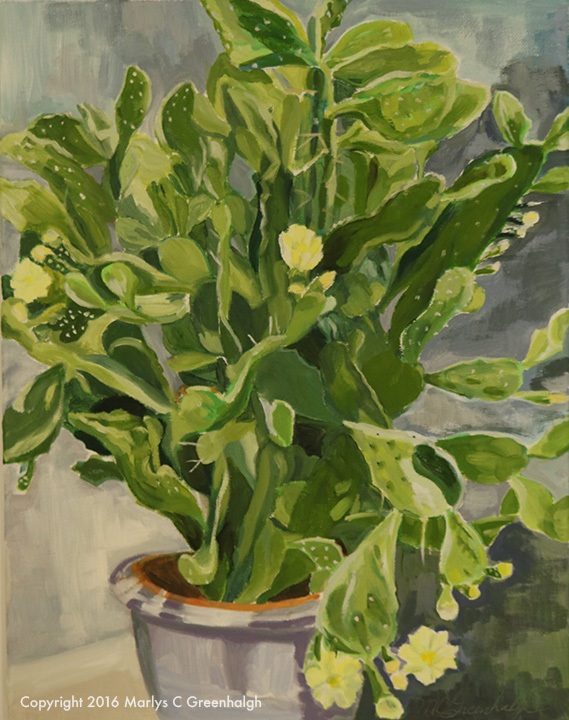
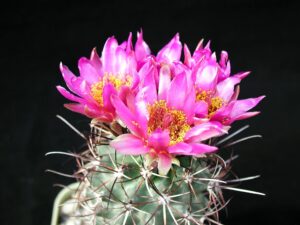
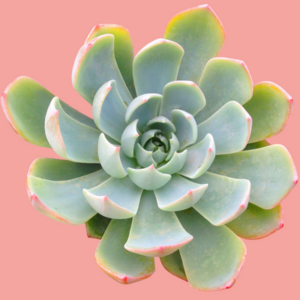
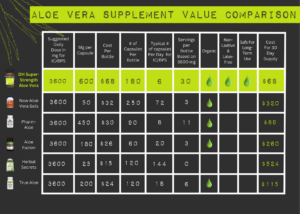
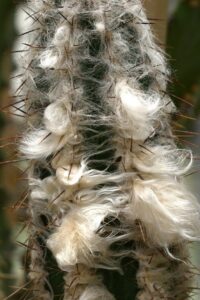
Leave a Comment